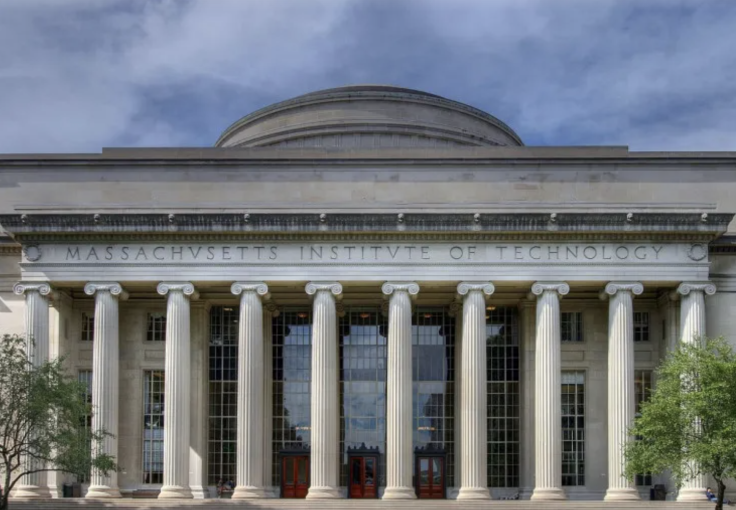
The United States continues to drift downward in the Times Higher Education World University Rankings, according to the 2026 edition, raising fresh questions about America's future role in global higher education. While U.S. institutions still dominate many of the top spots, the numbers tell a story of eroding influence, slipping research performance, and intensifying competition from Asian universities.
As of 2025–26, only 102 U.S. universities made the top 500 in the rankings—the lowest total since 2004, when the list was first published. That's down from a high of 125 in 2018. Among the elite top 10, seven U.S. universities remain—but many schools outside the top tier are seeing their rankings decline.
Leading the U.S. pack is the Massachusetts Institute of Technology, which placed No. 2 globally, narrowly behind Oxford. Princeton University tied for third, marking one of its best performances. Meanwhile, many universities that once held strong positions are now losing ground in categories such as research strength, citation impact, and global reputation.
Phil Baty, Times Higher Education's Chief Global Affairs Officer, emphasized the shifting landscape: "Any country that cuts research funding, that limits internationalization of higher education, would be in danger of declining in the ranking." He added that the U.S. decline is "striking" especially when paired with global competition and investment from East Asia.
Key Drivers Behind the Decline
Several trends appear to be fueling the U.S.'s slipping performance:
- Reduced Research Income and Citation Impact – U.S. universities saw weaker scores in research-related metrics, particularly those measuring influence and output. This includes citation impact (how much their research is cited by others) and overall research strength.
- International Outlook Shrinking – Universities that perform poorly on international collaboration, student mobility, or attracting international faculty are more vulnerable in global rankings. Changes in visa rules and other policies may be contributing to weaker international engagement.
- Global Competitors Rising – Asian universities, particularly in China, are rapidly improving. In 2026, five Chinese institutions are in the top 40, and many achieved their best rankings to date. These improvements reflect heavy investment in research and international engagement abroad.
- Tightening Federal Support – Although the 2026 rankings are based on data from 2022-2023 (before many recent federal funding cuts and visa policy changes), there is concern that later rankings will reflect the effects of decreasing research support, funding uncertainty, and regulatory shifts.
Implications & What's at Stake
- Prestige and Recruitment: Rankings affect global image, international student recruitment, faculty hires, and partnerships. Continued slide risks making U.S. universities less attractive to top talent.
- Funding and Policy Pressure: Declining metrics linked to funding (like research income) may trigger increased policy pressure for universities to demonstrate impact and cost-effectiveness. Federal and state funders could become more stringent.
- Equity and Access: Universities most harmed tend to be those with fewer resources—regional public institutions, smaller private ones, and those with less international profile. This could widen gaps in higher education.
- Strategic Shifts: To halt or reverse decline, universities may need to double down on international collaboration, open research, interdisciplinary strength, and meaningful investment in research infrastructure.
© 2025 University Herald, All rights reserved. Do not reproduce without permission.








